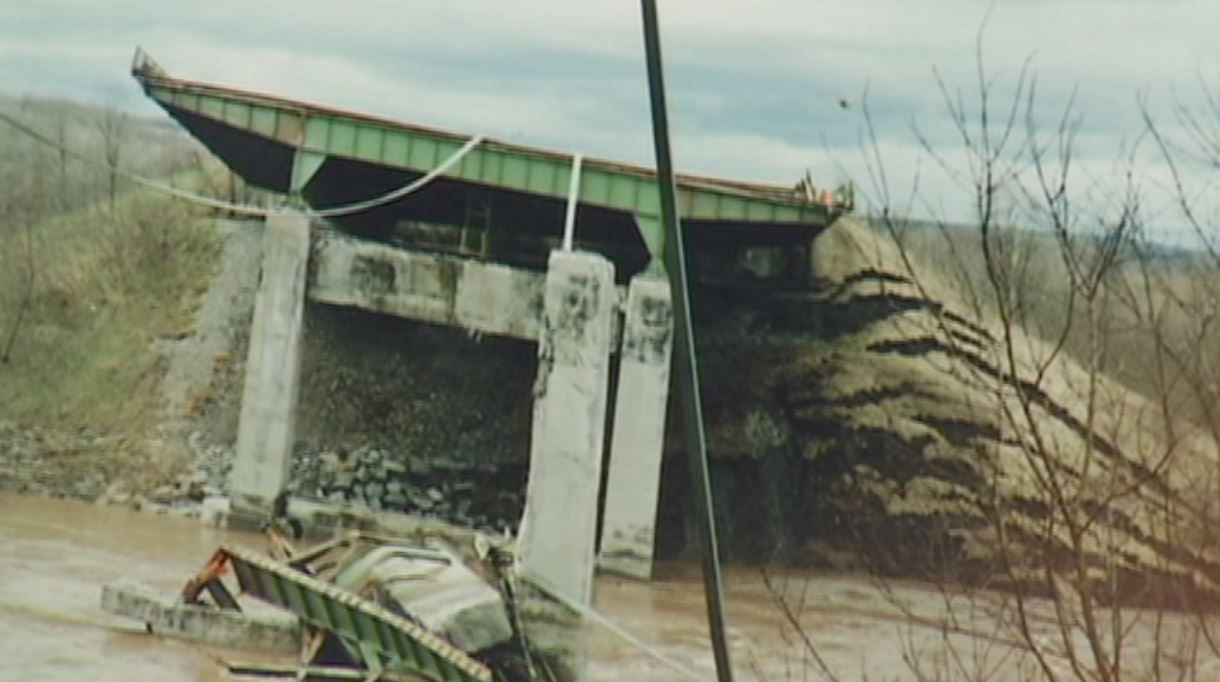ALBANY, N.Y. -- After a New York State Thruway bridge collapsed into the Schoharie Creek in 1987, federal and state officials made significant changes that not only impacted the Thruway, but national standards for inspections.
Federal revisions included inspecting bridges every two years -- and more often if deemed deficient in some critical area -- and supervisors and lead inspectors had to be licensed professional engineers in their home state.
As far as damage done by bridge scour -- the official cause of the 1987 collapse where swiftly moving water can remove sentiment or rock around an underwater support -- inspectors had to evaluate support structures underwater once every five years, with extra emphasis on evaluation or possible repair after each storm deemed strong enough to possibly damage the integrity of the support.
And it wasn't just existing bridges that were held to higher inspection standards. Newer bridges needed to pass more rigorous tests and meet higher standards to eliminate scour vulnerabilities.
A state-passed bill the following year has led to more than 60 teams across the state to inspect the 9,500 state and municipal bridges and put into place specific qualitative measures for a bridge's deficiency that they say are stricter than federal standards.



